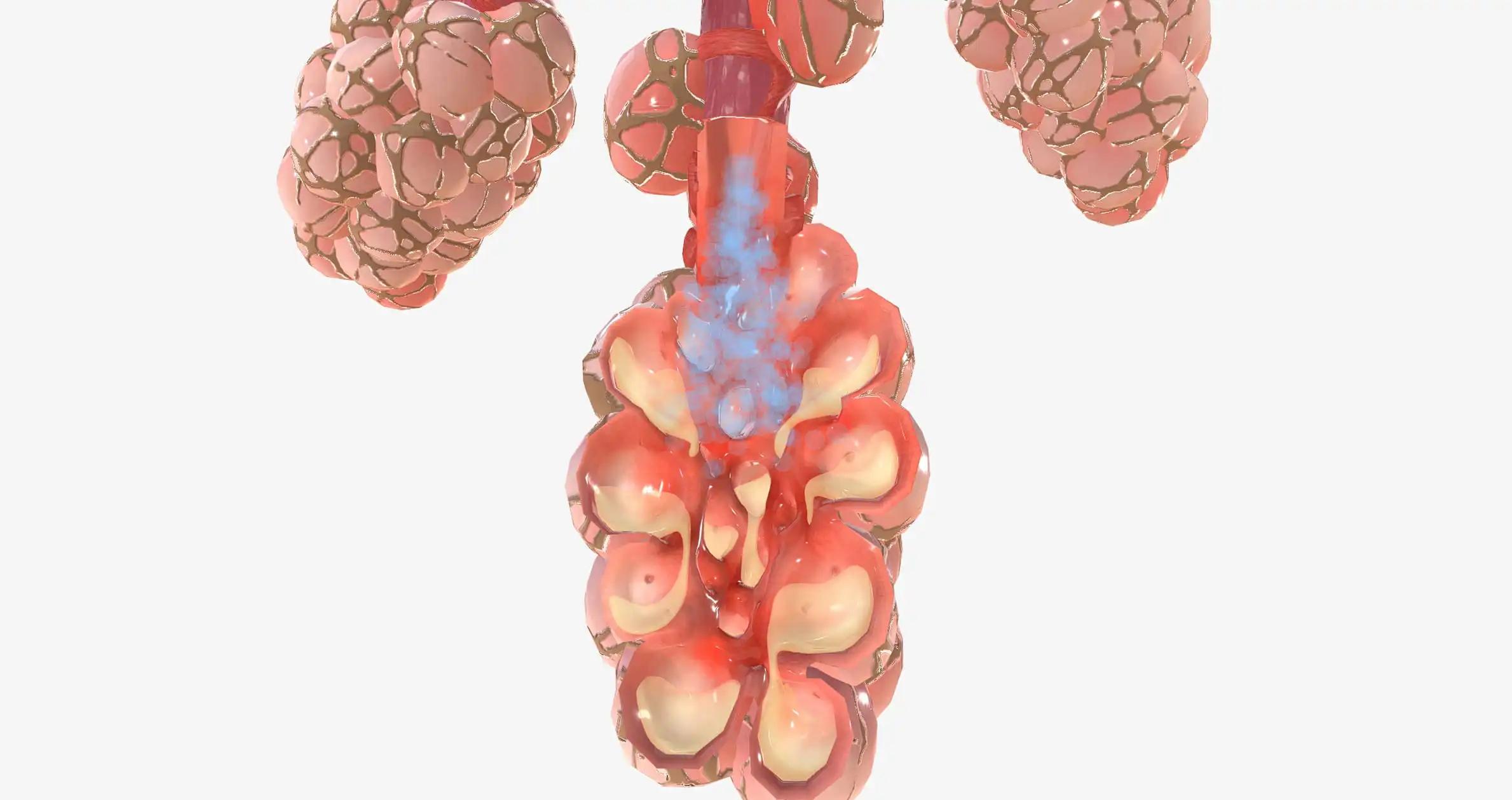KEY TAKEAWAYS
- The phase 3 KEYNOTE-061 trial compared pembrolizumab to paclitaxel as a second-line gastric or GEJ cancer treatment.
- The trial aimed to compare OS and PFS in patients with at least 1 CPS for programmed death-ligand 1.
- OS and PFS were assessed using stratified Cox proportional hazards models for patients randomly assigned pembrolizumab or paclitaxel.
- Pembrolizumab did not significantly enhance OS relative to paclitaxel, but it did show a trend toward increased OS in CPS ≥1, CPS ≥5, and CPS ≥10 patients and higher 24-month OS rates.
- Pembrolizumab had fewer TRAEs than paclitaxel, a more significant objective response rate ORR, and a longer duration of response DOR in CPS ≥ 5–≥ 10 patients.
- Pembrolizumab may be an effective second-line treatment for PD-L1-positive gastric or GEJ cancer patients with higher CPS scores.
Pembrolizumab as second-line (2L) therapy in PD-L1 combination positive score (CPS) ≥ 1 gastric/GEJ cancer did not significantly lengthen OS compared to paclitaxel in the phase 3 KEYNOTE-061 study (cutoff: 10/26/2017). After two more years of observation (cutoff: 10/07/2019), researchers presented results in CPS ≥ 1, ≥ 5, and ≥ 10 populations. Pembrolizumab 200 mg Q3W for ≤ 35 cycles or standard-dose paclitaxel was randomly assigned to patients in a 1:1 ratio. OS and PFS (CPS ≥ 1 population) are the primary objectives. Stratified Cox proportional hazards models were used to determine HRs. Of the 395 patients, 366 (92.7%) had a CPS ≥ 1. In the CPS ≥ 1 sample, pembrolizumab showed a trend toward better OS compared to paclitaxel (HR, 0.81); 24-month OS rates: 19.9% vs 8.5%.
Incrementally increasing PD-L1 enrichment with pembrolizumab boosted the OS benefit (CPS ≥ 5: HR, 0.72, 24-month rate, 24.2% vs 8.8%; CPS ≥10: HR, 0.69, 24-month rate, 32.1% vs 10.9%). When comparing median PFS across treatment groups, researchers found no significant differences (CPS≥ 1: HR, 1.25; CPS≥ 5: 0.98; CPS ≥ 10: 0.79). Pembrolizumab had a median DOR of 19.1 months compared to paclitaxel’s 5.2 months, 32.7 months, and NR compared to 6.9 months; the ORR was 16.3% vs 13.6% (CPS ≥1), 20.0% vs 14.3% (CPS ≥5), and 24.5% vs 9.1% (CPS≥ 10). Pembrolizumab was associated with a lower treatment-related adverse events (TRAEs) rate than paclitaxel (53% vs 84%). Overall survival was not significantly improved by 2L pembrolizumab; however, it was associated with more excellent 24-month OS rates than paclitaxel in this long-term analysis. Pembrolizumab resulted in fewer treatment-related adverse events (TRAEs) than paclitaxel and improved overall survival (OS) among patients with PD-L1-positive gastric/GEJ cancer enriched for PD-L1.
Source: https://pubmed.ncbi.nlm.nih.gov/34468869/
Clinical Trail: https://clinicaltrials.gov/ct2/show/NCT02370498
Fuchs CS, Özgüroğlu M, Bang YJ, Di Bartolomeo M, Mandala M, Ryu MH, Fornaro L, Olesinski T, Caglevic C, Chung HC, Muro K, Van Cutsem E, Elme A, Thuss-Patience P, Chau I, Ohtsu A, Bhagia P, Wang A, Shih CS, Shitara K. Pembrolizumab versus paclitaxel for previously treated PD-L1-positive advanced gastric or gastroesophageal junction cancer: 2-year update of the randomized phase 3 KEYNOTE-061 trial. Gastric Cancer. 2022 Jan;25(1):197-206. doi: 10.1007/s10120-021-01227-z. Epub 2021 Sep 1. PMID: 34468869; PMCID: PMC8732941.



